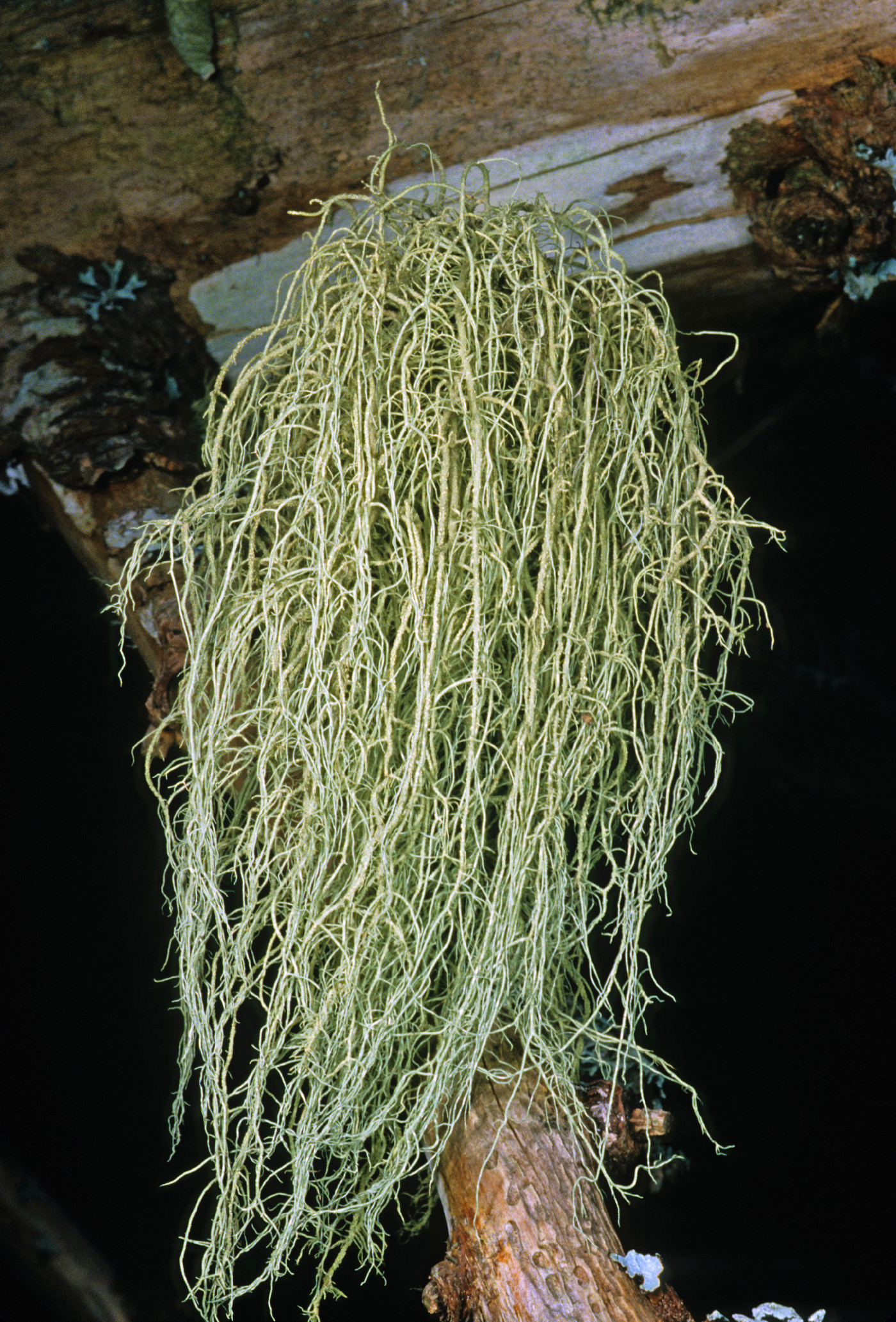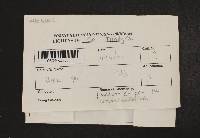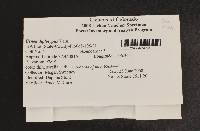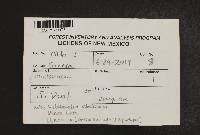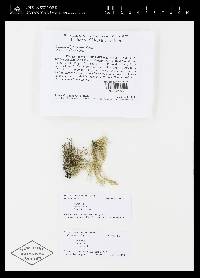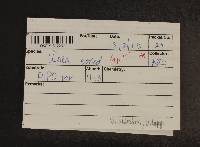
Consortium of Lichen Herbaria
- building a Global Consortium of Bryophytes and Lichens as keystones of cryptobiotic communities -
- Home
- Search
- Images
- Species Checklists
- US States: O-Z >
- US National Parks
- Central America
- South America
- US National Parks
- Southern Subpolar Region
|
|
|
|
Family: Parmeliaceae
|
Nash, T.H., Ryan, B.D., Gries, C., Bungartz, F., (eds.) 2007. Lichen Flora of the Greater Sonoran Desert Region. Vol 3. Thallus: shrubby, 4 to 8 cm long, forming dense erect to subpendant tufts branching: anisotomic-dichotomous basal part: concolorous with the branches distinctly blackened branches: irregular, rarely cylindrical, inconspicuously segmented; lateral branches: not narrowed at point of attachment segments: terete and ±cylindrical, sometimes slightly swollen, often with transverse furrows papillae: usually numerous especially on main branches, usually cylindrical tubercles and fibercles: generally absent fibrils: few and unevenly distributed to numerous and ±fish bone-like soralia: punctiform, smaller than half the diameter of the branch, plane to convex and then efflorescent, sometimes confluent, arising initially on cortex isidiomorphs: generally numerous, in clusters on young and mature soralia Apothecia: not seen cortex: dull, thin to moderately thick (7-10%) medulla: moderately thick, dense axis: moderately thick Spot tests: K+ yellow turning red, C-, KC-, P+ orangish yellow (salazinic acid) or K-, C-, KC-, P-, Secondary metabolites: salazinic acid (major), ±caperatic acid, ±lobaric acid, or none detected. Substrate and ecology: on bark of Pinus spp. and Quercus spp., mainly in mixed deciduous-conifers forests between 1900 and 2600 m World distribution: Europe, western North America, and northern Mexico Sonoran distribution: mountains of SE Arizona, Sonora and Chihuahua. Notes: Soralia of U. diplotypus remain minute, do not enlarge and are characteristic with their numerous tufted isidiomorphs. From U. subfloridana, it is distinguished by its chemistry (e.g. salazinic vs. thamnolic acids as majors), its presence of transversal furrows and its usually anisotomicdichotomous branching. |
Powered by Symbiota

